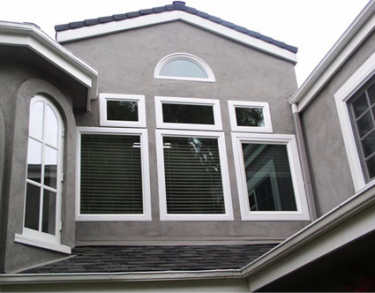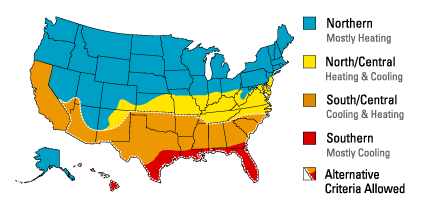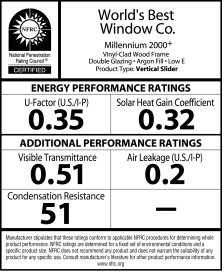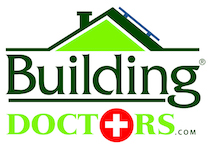 There are many questions that come to mind when thinking about replacing your windows. Will they help reduce noise and drafts of both hot and cold air, lower my utility bills, and will they be easier to open? Will they really be worth the investment? We’d like to help you answer these important questions and more. Please look at the information below to find out how professionally installed, new, high-quality replacement windows will bring you the comfort, efficiency, beauty, and return on investment you’re looking for.
There are many questions that come to mind when thinking about replacing your windows. Will they help reduce noise and drafts of both hot and cold air, lower my utility bills, and will they be easier to open? Will they really be worth the investment? We’d like to help you answer these important questions and more. Please look at the information below to find out how professionally installed, new, high-quality replacement windows will bring you the comfort, efficiency, beauty, and return on investment you’re looking for.
A guide to shopping for windows
Single pane windows can account for 30% of the total heat loss during the winter and as much as 70% of the heat gain in the summer. It has been proven conclusively, with laboratory tests, that “Low E” glass has up to an 80% reduction in the heat that passes through it. The FTC (Federal Trade Commission) requires that any specific claims, as to how much money you will save by having double pane windows installed, must be validated with a comprehensive “energy audit” of your home. The Building Doctors “Whole Home Performance Check-Up” will determine the return on investment and how much savings you will have on your utility bills.
There are many determining factors and everyone’s situation is different. What is the current condition of your windows? Are you opening up your walls for insulation? Are you planning on selling your home anytime soon?
If you decide to put in new windows, use this information to help select new windows for your home
Windows, doors, and skylights qualifying for the ENERGY STAR label must meet requirements tailored for the country’s four broad climate regions: Northern, North-Central, South-Central, and Southern. All of California falls under the South-Central classification. ENERGY STAR windows must carry the National Fenestration Rating Council (NFRC) label, allowing comparisons of ENERGY STAR-qualified products on specific performance characteristics.

Map of ENERGY STAR window classes. From www.energystar.gov
U-value
U-factor measures how well a product prevents heat from escaping. It is the inverse of R-value, which is familiar to many people as a measure of insulation thermal performance. The lower the U-value rating, the better the overall insulating value of the window. Typical U-values range from 0.20 to 1.20. The U-factor ratings listed on NFRC labels (and in the NFRC Certified Products Directory) take into account heat loss through the glass, window edge, and window frame.
Solar heat gain coefficient (SHGC)
The SHGC describes how much solar energy is transmitted through a window. Solar heat gain can be beneficial—providing free passive solar heat during the winter months — or it can be a problem, resulting in overheating during the summer. Windows with high coefficients are designed for colder climates, while windows with low coefficients are designed for hotter climates.

Visible light transmittance
While SHGC describes the relative amount of solar energy that can pass through a window, the visible light transmittance is simply the relative amount of sunlight that can pass through, measured on a scale between 0 and 1. The higher the number, the greater the amount of light that can pass through.
Air leakage
Air leakage is already listed by many window manufacturers, in terms of cubic feet of air per minute per foot of crack. An optional air leakage value is included on NFRC labels and in the NFRC Certified Products Directory.
Condensation resistance
Finally, the ability of a window to resist the formation of condensation on the interior surface is very important in evaluating the relative durability of a window. The NFRC measures condensation resistance on a 0–100 scale. The higher the rating, the better that product is at resisting condensation formation. This rating is optional for new products.
